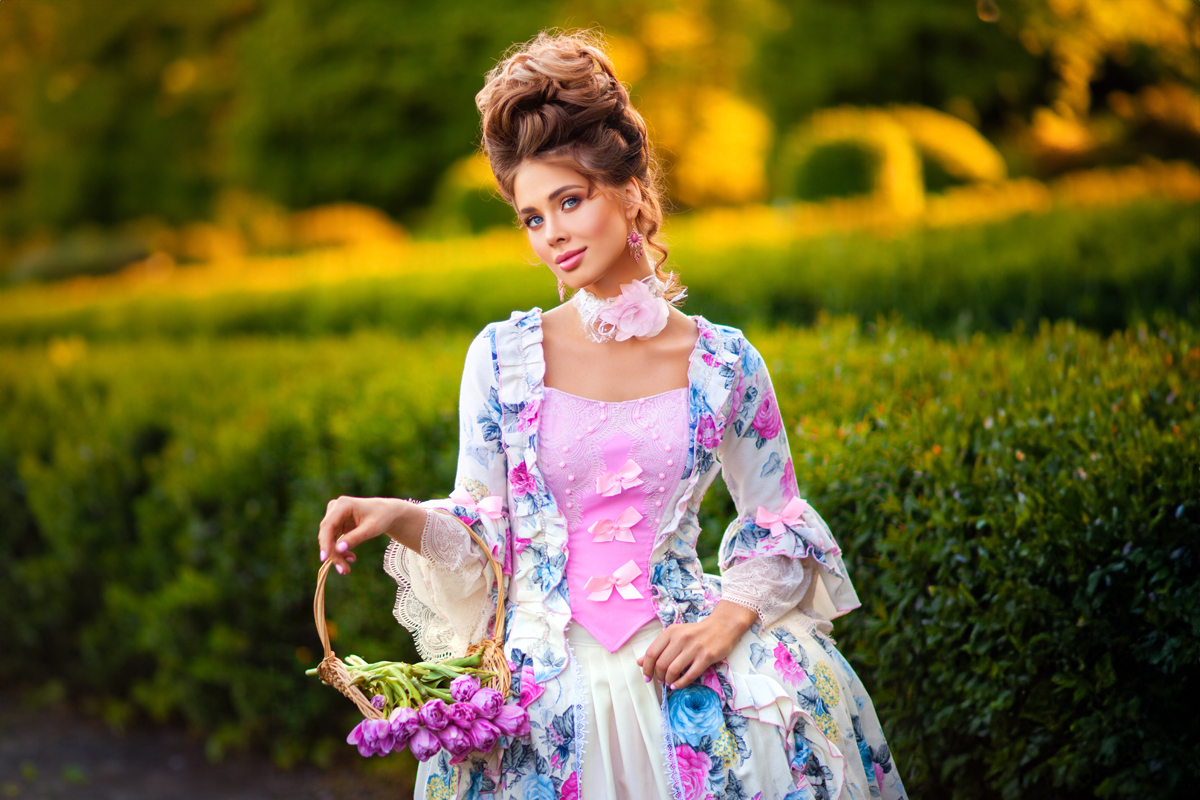Fashion is constantly evolving under the influence of historical events, art, economics and beauty ideals. The history of fashion is full of interesting facts that show how people’s tastes and preferences have changed over the centuries. Let’s tell you the most interesting things from the history of fashion.
Ancient times: from practicality to luxury
In ancient times, clothes fulfilled primarily a practical function – protecting people from the cold and hot sun. However, even then people began to think about decorating their bodies.
Egyptian traditions
In Ancient Egypt, about 3000 BC, clothes were mostly simple and made of linen. Notably, the Egyptians even then placed an emphasis on jewellery. They wore massive necklaces, bracelets and headdresses that emphasised high social status. In addition, make-up in Egypt was not only an element of beauty. Eye paint (black antimony, for example) helped protect the eyes from the sun’s rays.
Greece and Rome
In ancient Greece and Rome, clothing had symbolic meaning. The tunic and chiton were the basic pieces of clothing worn by men and women. These garments were fairly simple and draped around the body, but special attention was paid to the fabrics and their quality. In the Roman Empire, clothing of a particular colour, such as purple, was a privilege of the nobility, a symbol of status and power.
Interesting fact: The ancient Romans washed their clothes with ammonia, which was extracted from urine. This was one of the first ‘chemical’ processes for fabric care.
The Middle Ages: the symbolism and rigour of clothing
Medieval fashion reflected strict social and religious norms. Clothing clearly differentiated the classes: the nobility, clergy and commoners wore clothes of different quality and cut.
Medieval prohibitions
In the fourteenth and fifteenth centuries, Europe began to introduce luxury laws that restricted the use of certain fabrics and jewellery to the lower classes. Commoners were forbidden to wear clothes made of silk and furs so that they could not imitate the nobility. These laws served to maintain a strict social hierarchy.
Gothic fashion
During the Gothic era (13th to 15th centuries), clothing became more elaborate and decorative. Women wore long dresses with narrow waists and wide sleeves, and men wore short coats and colettes. Special attention was paid to headdresses, which could be very high. Women wore high hats with veils, symbolising refinement and nobility.
Renaissance and Baroque: the heyday of luxury in clothing
The Renaissance period (16th century) marked a revival of art and culture, which was reflected in fashion. Clothes became richly decorated, using elaborate ornaments, embroidery and expensive fabrics.
Lace and corsets
At that time, lace became one of the most popular elements of clothing. Women wore dresses with lush skirts and corsets, which created perfect posture and emphasised the female figure. Men were not lagging behind: they wore puffy shirts with lace and embroidery.
Corsets, which became an integral part of women’s wardrobe, fulfilled an important aesthetic role. Although they were uncomfortable, women continued to wear them for the sake of the wasp waist, which was considered the standard of beauty of the time. Corsets compressed the waist so much that it caused breathing problems. Nevertheless, they remained popular for several centuries.
The 20th century: revolution and freedom in fashion
The 20th century was marked by global changes in fashion. The impact of two world wars, feminist movements and technological innovations significantly changed the approach to clothing.
The Jazz Age and short dresses
The 1920s symbolised freedom in fashion. Women began to wear short dresses, cut their hair short and abandon corsets. The influence of jazz, dancing and new social freedom made this period a symbol of lightness and ease.
Interesting fact: the fringed dress, which became a symbol of this era, was not just a fashion trend – it was worn for comfort during dances such as the Charleston.
The fashion revolution of the 1960s
The 1960s was also a revolutionary time for fashion. Under the influence of youth culture, mini-skirts, bright colours and geometric patterns appeared. This period became a symbol of liberation from strict rules and conservative views on clothing.
Interesting facts from the history of fashion show how diverse and multifaceted were the tastes of different eras.



